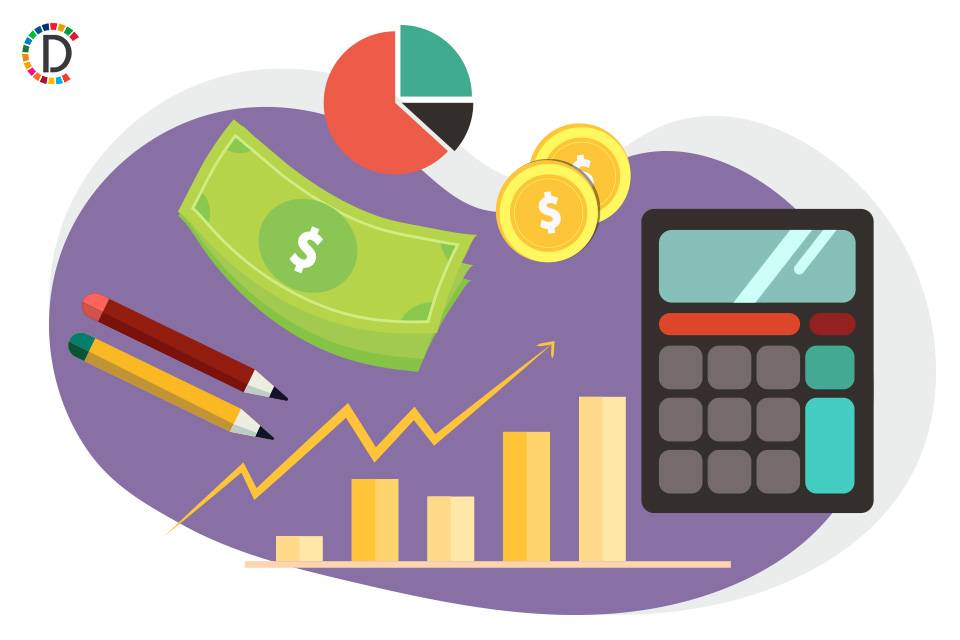India's economic boom feels like 2003-07: Morgan Stanley
Government fixed capex as a percentage of GDP rose from a trough of 3.6 per cent in F2019 to 4.0 per cent in F2021, again picking up ahead of private capex.A capex-led growth cycle can extend expansion, as rising investment to GDP ratios drive capital deepening and boost productivity growth.

- Country:
- India
India's current world-beating economic growth rate on the back of an investment boom resembles that of 2003-07 when growth averaged more than 8 per cent, according to economists at Morgan Stanley.
In a report 'The Viewpoint: India - Why this feels like 2003-07', Morgan Stanley said after a decade of investment to GDP steadily declining, capex has emerged as a key growth driver in India. ''We think the capex cycle has more room to run, therefore the current expansion closely resembles that of 2003-07.
The current cycle is driven by investment outperforming consumption, public capex leading initially but private capex rapidly catching up, the urban consumer leading consumption followed by catch-up in rural demand, market share in global exports rising and macro stability risks kept in check.
''We think the defining characteristic of the current expansion is the rise in the investment-to-GDP ratio. Similarly, in the 2003-07 cycle investment to GDP rose from 27 per cent in F2003 (fiscal year ending March 2003) to 39 per cent in F2008, which was close to the peak.
''Investment to GDP then hovered around those levels until it peaked in F2011. 2011 to 2021 then registered a decade of decline - but the ratio has now inflected again to 34 per cent of GDP and we expect it to rise further to 36 per cent of GDP in F2027E,'' it said.
In 2003-07, the capex boom led to an acceleration in productivity, job creation and income growth. As more labour was absorbed into employment by the strengthening economy, savings to GDP also rose from 28 per cent in F2003 to 39 per cent in F2008.
During 2003-07, GDP growth averaged 8.6 per cent and headline CPI inflation averaged 4.8 per cent. The current account balance stayed within the central bank's comfort zone, ranging between 2.8 per cent to -1.4 per cent of GDP on a 4Q trailing sum basis. Even when oil prices shot up to USD 145 per barrel in July 2008, the current account deficit only widened to 2.4 per cent of GDP the following quarter, the research report said.
Gross fixed capital formation (GFCF) growth in India accelerated sharply from 8.2 per cent in 2002 to 17.5 per cent in 2004, and the pace of growth held firm at 16.2 per cent in 2005-07. In that cycle, the fiscal deficit was already consolidated, the banking system's non-performing loan issues were cleaned up and the economy was poised for a capex upswing. ''However, the initial pick-up in private consumption growth was more modest, averaging just 4.8 per cent in 2003-04,'' it said.
In the current cycle, real GFCF growth continued to hold strong at 10.5 per cent in October-December, staying above the pre-Covid 2017-18 average of 9.6 per cent. ''This has been mainly driven by public capex so far, as the corporate sector has been working through multiple shocks from previous years that have weighed on its ability to invest,'' it said adding now that corporate profit (based on bottom-up company data) to GDP has picked up from a trough of 1.1 per cent in F2020 to 5.4 per cent in F2023, early signs of private capex gaining momentum are being seen.
On the flip side, private consumption is still relatively weak, tracking at just 3.5 per cent in the December quarter, below the pre-Covid 2017-18 average of 6.5 per cent.
Morgan Stanley said policymakers' concerted policy push on supply-side reforms in recent years has meant that real government fixed capex growth inflected higher from F2020. Government fixed capex as a percentage of GDP rose from a trough of 3.6 per cent in F2019 to 4.0 per cent in F2021, again picking up ahead of private capex.
''A capex-led growth cycle can extend expansion, as rising investment to GDP ratios drive capital deepening and boost productivity growth. The deployment of surplus labor as capex creates employment opportunities can lead to higher income and savings in an economy and ensure the current account balance remains in a manageable range, even as investment to GDP rises,'' it said adding the public capex-led nature of the present cycle in India plays an even more important role for the sustainability of the overall capex cycle.
Infrastructure projects tend to face long gestation periods but generate large positive externalities. ''In that sense, we believe it is important for the public sector to undertake such spending to ensure a clearer runway for private capex to take off by eliminating supply-side bottlenecks ahead of time,'' it added.
(This story has not been edited by Devdiscourse staff and is auto-generated from a syndicated feed.)
- READ MORE ON:
- 'The Viewpoint
- India
- GFCF
- F2023
- F2027E
- Morgan Stanley
- Morgan Stanley
ALSO READ
US Defense Secretary affirms commitment to bolster US-India partnership in Indo-Pacific to support allies' efforts.
Border blurs at Zero Point in Jhakuatari on Eid, as locals from India, Bangladesh gather for Namaz
Badminton Asia Championships: PV Sindhu, HS Prannoy ousted, India's campaign ends
"Want every Indian to see that video clip": Jewish woman of Indian-origin recalls losing loved ones to Hamas terrorists on Oct 7
US defence secretary reaffirms commitment to strengthening US-India partnership in supporting allies in Indo-Pacific region










